Nose Filler
Nose Filler (Non-Surgical Rhinoplasty)
One of the most crucial factors determining facial aesthetics is the nose. Positioned in the middle of the face, it plays a significant role in defining the overall facial aesthetics. Cosmetic procedures related to the nose are frequently applied. The reshaping of the nose using filler applications is referred to as non-surgical rhinoplasty. For patients who do not consider nose surgery, are not suitable for surgery, or desire minimal changes to the nose, achieving the desired alterations through nose filler applications is possible. Nose filler can be used to lift the nasal tip, correct deviations, and address asymmetries.
The nose area is rich in nerves and blood vessels, necessitating the performance of this procedure by experienced medical professionals.
Who Should Avoid This Procedure?
Patients who have undergone previous nose surgeries, resulting in adhesions and increased risks, may not be preferred candidates for this application. In cases where the expected improvement through filler application is deemed insufficient, a decision should be made through mutual discussions with the patient.
How Is the Procedure Performed?
After applying anesthetic cream to the area where the procedure will take place and waiting for 15 minutes, the filler is injected into the necessary areas using a cannula inserted through a single point.
How Long Does the Procedure Take?
The application takes approximately 15-30 minutes.
Is Nose Filling Painful?
Since anesthetic cream is applied before the procedure, minimal pain is felt.
When Are the Clear Results Achieved?
Results are noticeable immediately after the procedure, with the final outcome settling within two weeks.
Results are noticeable immediately after the procedure, with the final outcome settling within two weeks.
Post-Procedure Care Guidelines:
Avoid vigorous massaging of the injected area.
How Long Does the Effect Last?
The procedure's longevity is approximately 6-12 months.
The advantage of nose filling compared to nose surgery lies in its brief duration, immediate return to daily life, more affordable cost, and the ability to perform additional filler or dissolve it if the patient is dissatisfied. Disadvantages include the non-permanence of the effect and the potential inadequacy in achieving sufficient results for certain nose types.





